The Good
- Effortless grunt
- Sounds brilliant
- Competent handler
The Bad
- The V8 is pricey
- Some cheap interior plastics
Snow-capped mountains in the Italian Alps provided the backdrop for our 2018 Maserati Quattroporte GTS review: First drive. We pushed the Ferrari-engined grand tourer hard to see whether it could be as epic as the view.
For making the mundane sound less, well, mundane, Italian is hard to beat. Quattroporte may only mean ‘four doors’ in English, making it more of an observation than a name, yet it sounds exciting and glamorous. Just saying it makes you sound like a person of the world – even if you only ever holiday at Butlins.
It is a country renowned for its design flair, too, which is why the original 1963 Maserati Quattroporte was, and still is, a real head-turner. Thanks to a 260bhp quad cam V8, it was also the fastest four-door saloon in the world. Nothing else could get you to a supermarket to top up on limoncello as quickly.
Mirroring former glory, the MY18 Quattroporte is one of the fastest four-door saloons money can buy providing you go for the V8-powered GTS model. It will do 191mph, comfortably bettering the Jaguar XJR575’s 186mph, but not its 0-62mph (0-100kmh if you are Italian), which is 4.4 seconds to the Quattroporte’s 4.7.
Maserati invited us to Courmayeur in Italy, where we would begin our route into the Alps. Fast roads, icy conditions, dual-carriageway cruising and perilous hairpins acting – perfect test conditions for a car that is designed to offer both performance excitement, luxury and refinement. A tough balance achieve.
Having already driven the diesel and petrol versions of the Levante SUV and knowing there is no plan to bring the SQ4 all-wheel drive Quattroporte to the UK, we headed off in the only GTS available at the European launch.
Maserati Quattroporte GTS review (2018): What’s new?
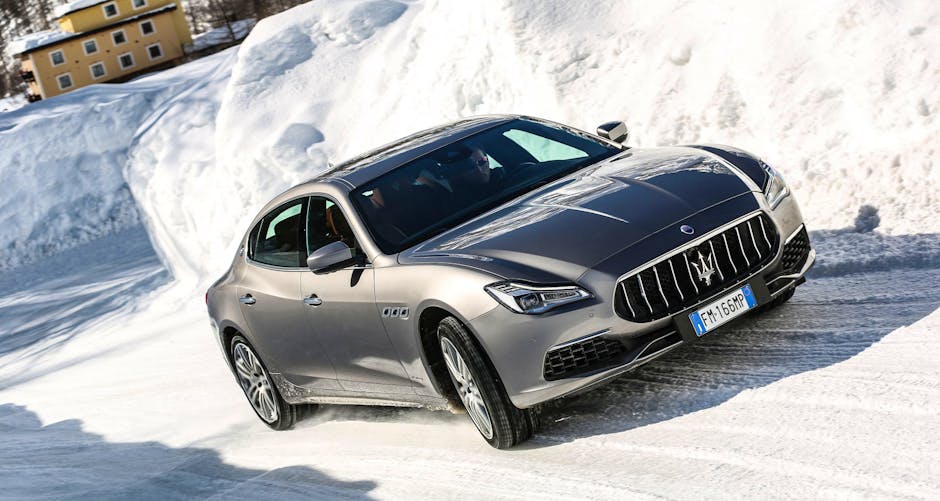
Trying to spot the difference between the MY17 and My18 Quattroporte is a challenge. This is because the only new addition are LED headlights, which improve forward visibility by 20 per cent for a total distance of up to 195 metres. Apart from that, it is business as usual.
Inheriting similar looks is both good and bad because its predecessor was hardly an ugly duckling, but then by the same token it lacked much in the way of character – particularly from the back. Squint and it could be an Audi or Jaguar, making us pine for the days of the 3200 GT’s curved illuminators.
Our silver Maserati Quattroporte GTS was specced as a GranLusso car, as opposed to GranSport, which basically means there is lots of body colour-coding, Zegna silk on the seats and wooden trim instead of stealthy black details and carbon fibre. We would argue the luxury spec is better at being luxurious than the sport is at being sporty, but either way looks expensive for the most part.
Revisions behind the scenes are more numerous, the most radical of which comes in the form of electric power steering (EPS). Maserati deliberately avoided replacing the hydraulic system in previous iterations because, according to Maserati’s product planner, Enrico Billi, the system was unable to provide sufficient feedback. More on that later.
A by-product of going electric is that the car now features enhanced with versions of pre-existing safety systems. The lane departure warning system can now keep you between two white lines, as opposed to merely warning if you veered off course. Try to change lane when there is a car in your blindspot and it will even try to steer against you until you hopefully realise your mistake.
The addition of Highway Assist, Active Blind Spot Assist, Active Lane Keeping and Traffic Sign Recognition provides the new Quattroporte with level two autonomy, if you want to be all technical, which is a good thing for keeping occupants safe, but then Highway Assist only works down to 30kmh where rival systems can manage down to zero.
Integrated Vehicle Control (IVC for short) is also new to the Quattroporte (and the smaller Ghibli). It sounds like a health condition, but is actually a system designed to prevent a loss of traction in the first place, as opposed to correcting it later in the usual ESP manner. Maserati says it provides ‘enhanced active safety, driving dynamics, better performance and a more enjoyable experience’.
Last but not least is the arrival of soft-close doors, which close softly (funnily enough), and you can now lock the glove box in the Valet Mode. So nobody can half-inch your modestly-sized belongings, then.
Maserati Quattroporte GTS review (2018): How does it drive?
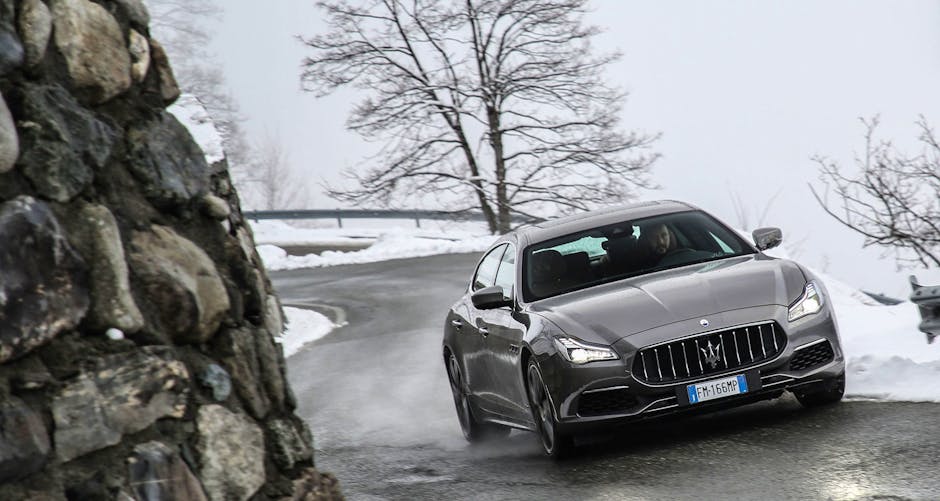
Making our way up the steep, rarely straight roads away from Courmayeur, it is clear the 2018 Maserati Quattroporte GTS is a competent handler. Fears that beefy V8 up front would make it nose-happy quickly fade as we witness sharp, confident changes in direction. It comes across as light on its feet despite the fact it is 5,262mm long, 2,128mm wide and has a kerb weight of 1,900kg.
In the standard drive mode, the twin-turbo 90-degree V8 and ZF eight-speed AT8 automatic make a fine pairing. A whopping 650Nm of torque from 2,000-4,000rpm means you never have to wait for gloriously rapid acceleration, complete with a roaring soundtrack that would give most cars an inferiority complex. Delivered through trapezoidal exits unique to the GTS, it is never short of noise.
A slightly obtrusive hum at low revs never lets you forget that you have 530hp at your disposal (from 6,800rpm), even though the exhaust’s bypass valves remain closed until 3,000rpm in the normal driving mode. Sport – the only other driving option – opens them up all the time for maximum hooliganism although the V8 always sounds more refined and less angry than the supercharged V8 in the XJR575.
Easing into sport mode makes the steering heavier, too, and provides a more intuitive steering feel. It better fits the car and, as a result, helps build greater levels of confidence when swift progress is called for. Each gear change, meanwhile, sticks around for longer resulting in genuinely snappy shifts in pace even if you merely breath on the pedal.
You can also press the ‘M’ button and use the long, fixed paddles, a process we found unusually rewarding at higher speeds because the Ferrari V8 encourages you to wring out the upper echelons of the rev range. Given that the GTS is happy cruising at low speeds in seventh, you are best off letting the auto do everything the rest of the time.
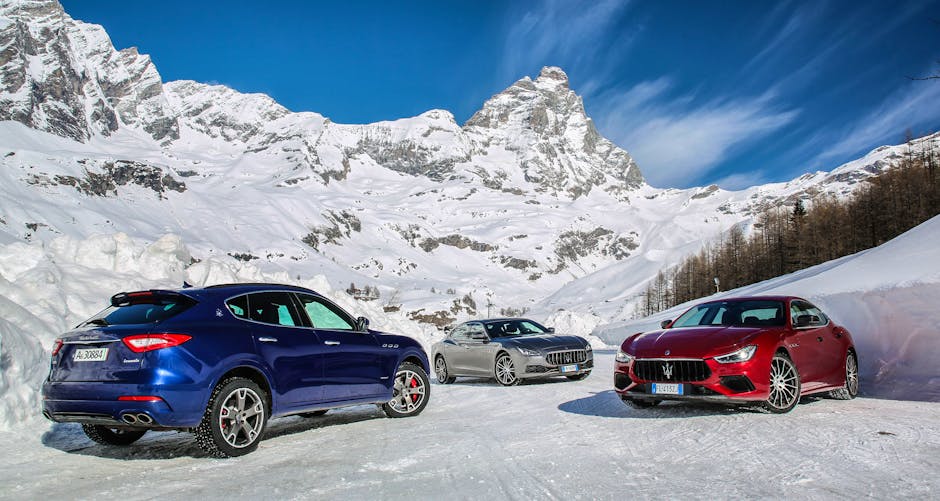
There is an element of numbness imparted by the steering, but never once did we ever distrust the Maserati Quattroporte GTS’s capabilities. At one point the back wheels found some black ice just as we hit the accelerator, but the computer’s systems kept us from facing backwards far quicker than our frantic counter-steer.
A mixture of cold weather and traffic has been unkind to some of the roads we trundled along, yet the Maserati’s Skyhook suspension setup remained smooth without erring on the side of pillowy. A 7 Series BMW is softer by comparison, with the Quattroporte closer to the firm but forgiving XJ575R. The seating position is somewhat lofty, but the intimate cabin, plush seats and adjustability of the steering wheel let you achieve supreme comfort.
Space is never a problem for the occupants, either. Nor is the styling, with the trident-bearing analogue clock, Zegna silk, fancy wooden strip and well-designed dashboard providing enough luxury to just about live up to the price, which we will get to in a second.
Maserati Quattroporte GTS review (2018): Any negatives?
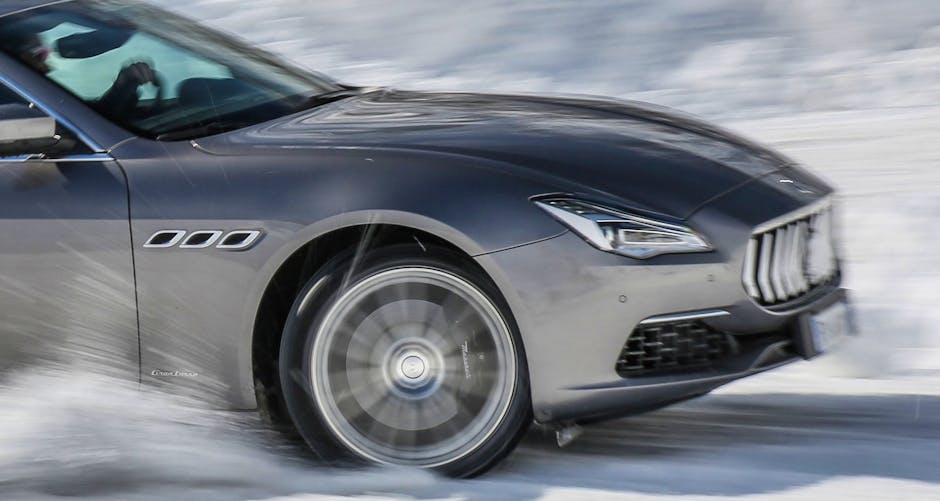
The worst bit of the Maserati Quattroporte GTS can be found within. Cheap switch-gear is something we often complain about in a £30,000 sporty hatchback, the use of bland plastic buttons in a car that costs more than some houses is borderline unforgivable. The new 8.4-inch touchscreen takes care of a lot of functionality, admittedly, but it makes certain aspects of the interior look more Middlesborough than Mayfair.
Gadget enthusiasts will also find the Maserati’s technology repertoire much less enticing than in an equivalent BMW and Mercedes. There is no massage seat function or even a head-up display, which may seem archaic at this price point. Jaguars suffer from the same problem.
In fairness, we would take genuinely useful safety systems over gimmicky air fresheners and here the new Quattroporte has improved. You could also argue that having less to concentrate on helps the driver savour the ride – not to mention there is less to go wrong. That can be a good thing in any car – not just an Italian one.
Then there is the design, which is less enticing than it should be. We love how classy it looks, particularly in silver. We just wish it was less generic. And there is the small matter of the diesel, which is somewhat frugal but hardly the right fit for a Maserati. Even if the 0-62mph of 6.4 seconds and CO2 emission rating of 163g/km are actually decent.
Worst of all, though, is the price. Expect to pay from £118,525 for both the Quattroporte GTS GranLusso and GranSport, while the fancier Nerissimo Edition is an extra £3,300. That makes the bog-standard V6 S model, which starts from £84,530, look considerably more appealing. Spec for spec, the V6 still works out a whopping £25,395 cheaper and you only lose 70Nm of torque and 100hp. Just let that sink in for a second.
Suddenly the Jaguar XJR575’s list price of £93,710 seems cheap, especially as it is more powerful, (arguably) nicer to look at and as capable of giving you whiplash. There is also some enticing German machinery out there that will prove even more sophisticated and luxurious, such as the brutish Audi RS7 Performance, but involvement can suffer.
Maserati Quattroporte GTS review (2018): Should I buy one, then?
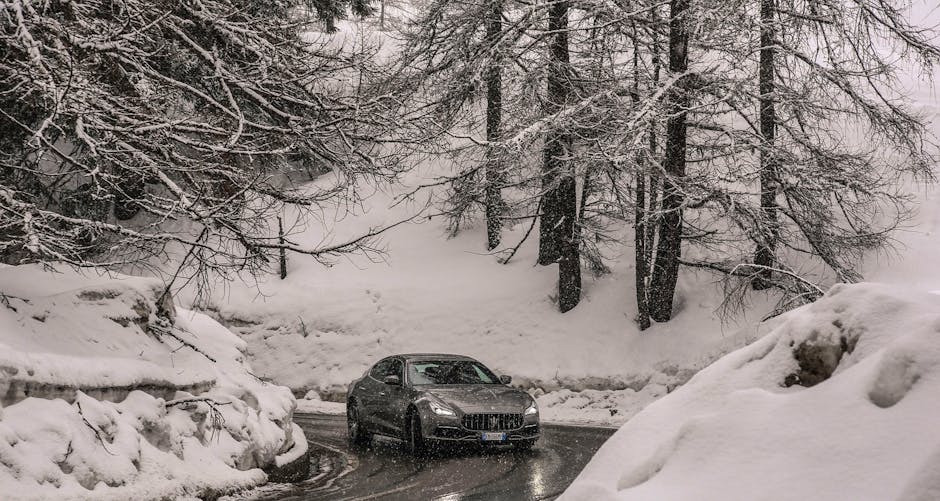
As luxury barges go, the new Quattroporte is drastically more exciting than it needs to be. Effortless V8 grunt and savage pace play nice with confident handling and refinement. A poor man’s Ferrari or not, you can overlook the plastic buttons once moving.
You do, however, pay a sizable premium for the performance increase over the V6 and some rivals offer superior value for money although usually at the expense of desirability. Slice it however you want, the Maserati trident is still revered.
Without a proper test in the V6 Quattroporte, it is hard to say if the V8 is the one to go for. All we know is that our drive was memorable from start to finish and that our chance to give it a more thorough test on British soil cannot come soon enough.
Specification
| Engine | 90-degree twin-turbo V8 |
|---|---|
| Power | 530hp at 6,800rpm |
| Torque | 479lb/ft (650Nm) of torque at 2,000-4,000rpm |
| Acceleration | 0-62mph in 4.7 seconds |
| Top speed | 191mph |
| Emissions | 250g/km of CO2 |
| Economy | 26mpg (10.7l per 100km) |
| Price | From £118,525 |
Leave a Reply